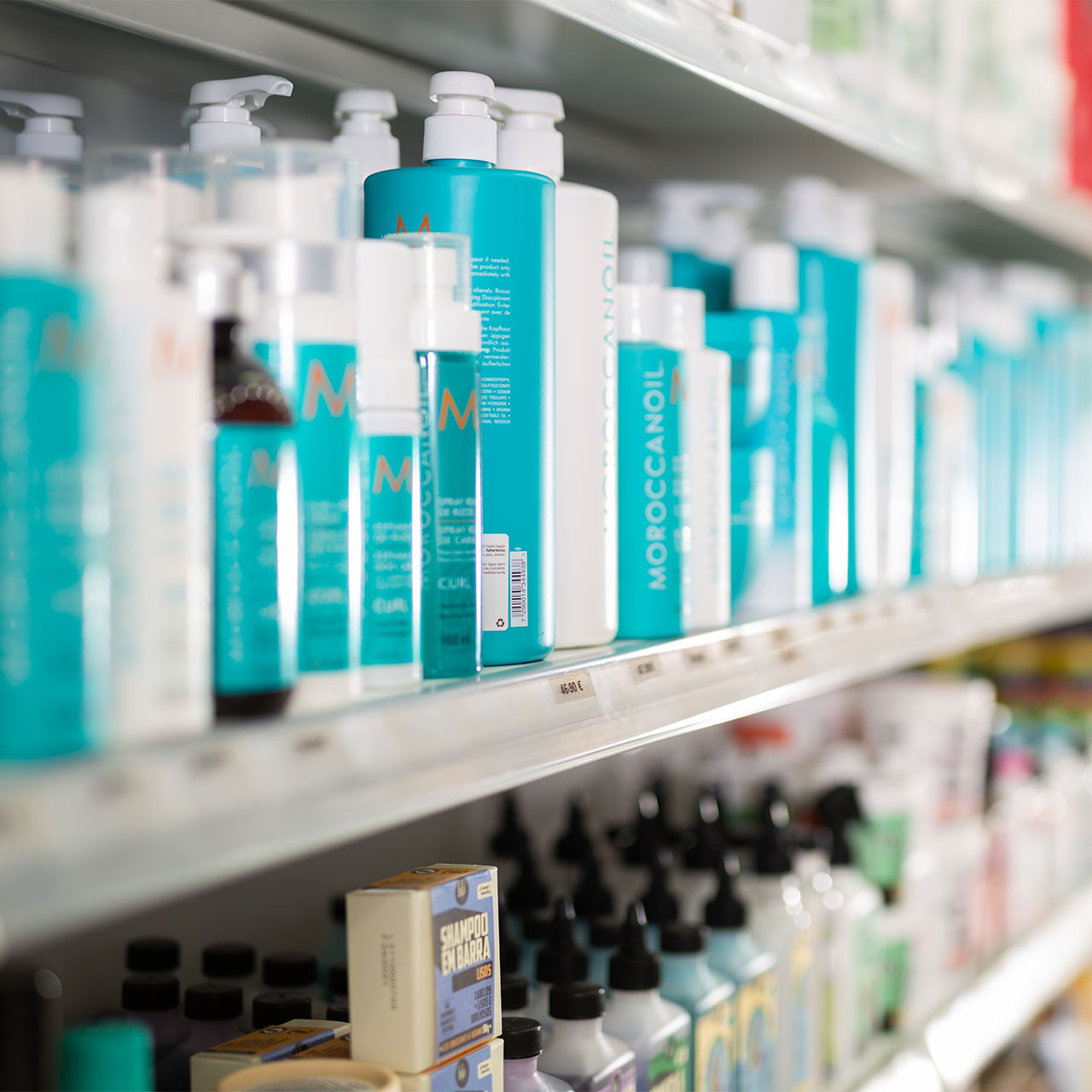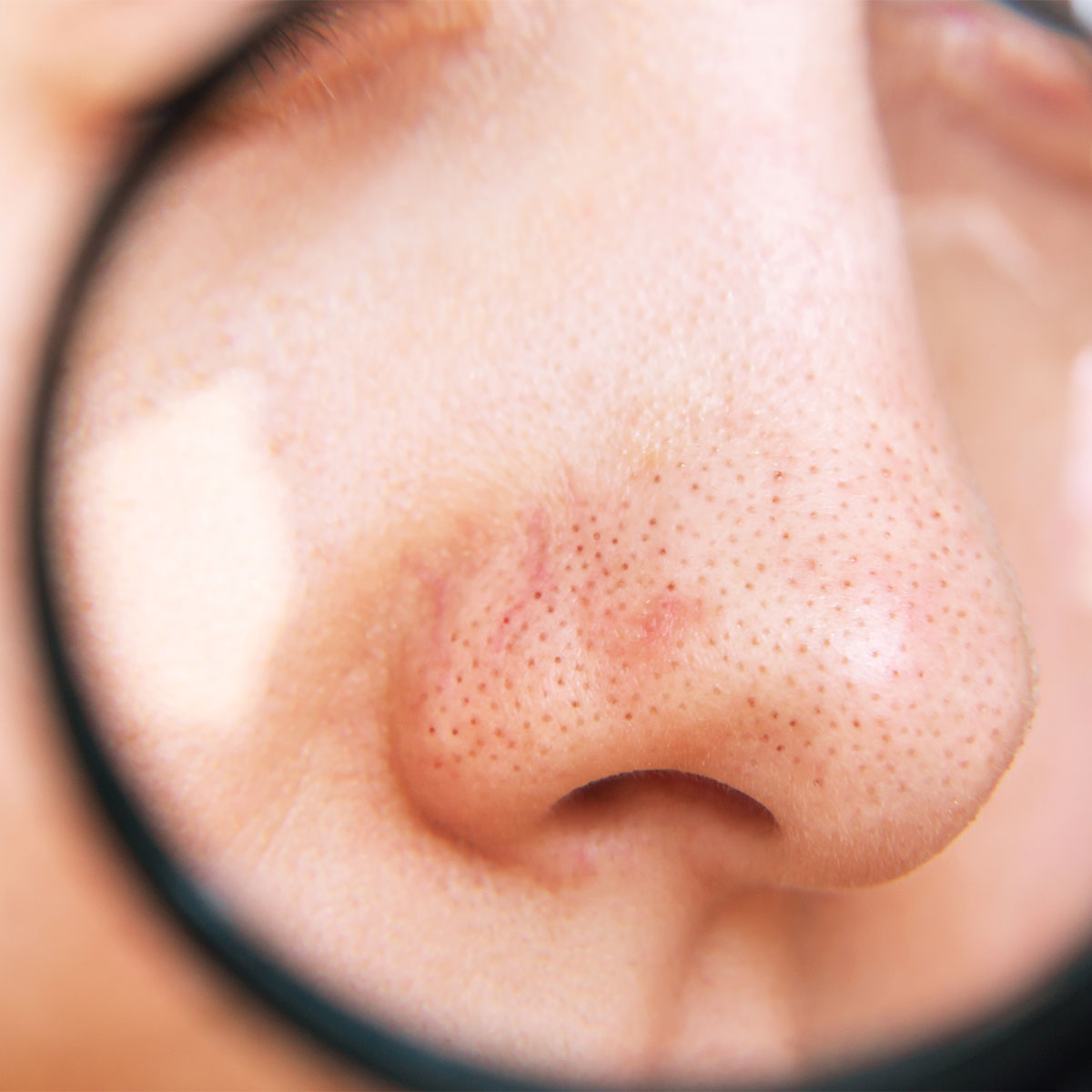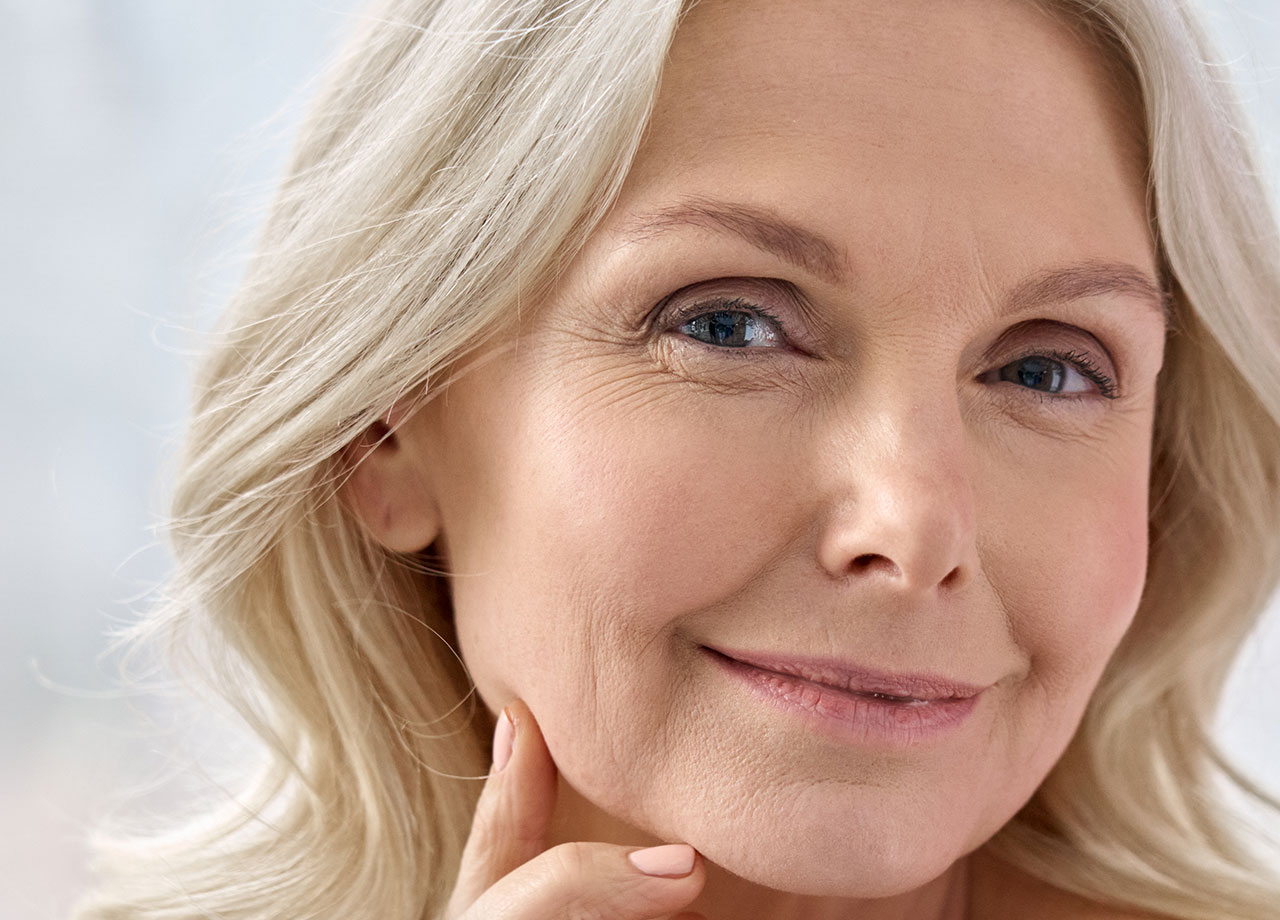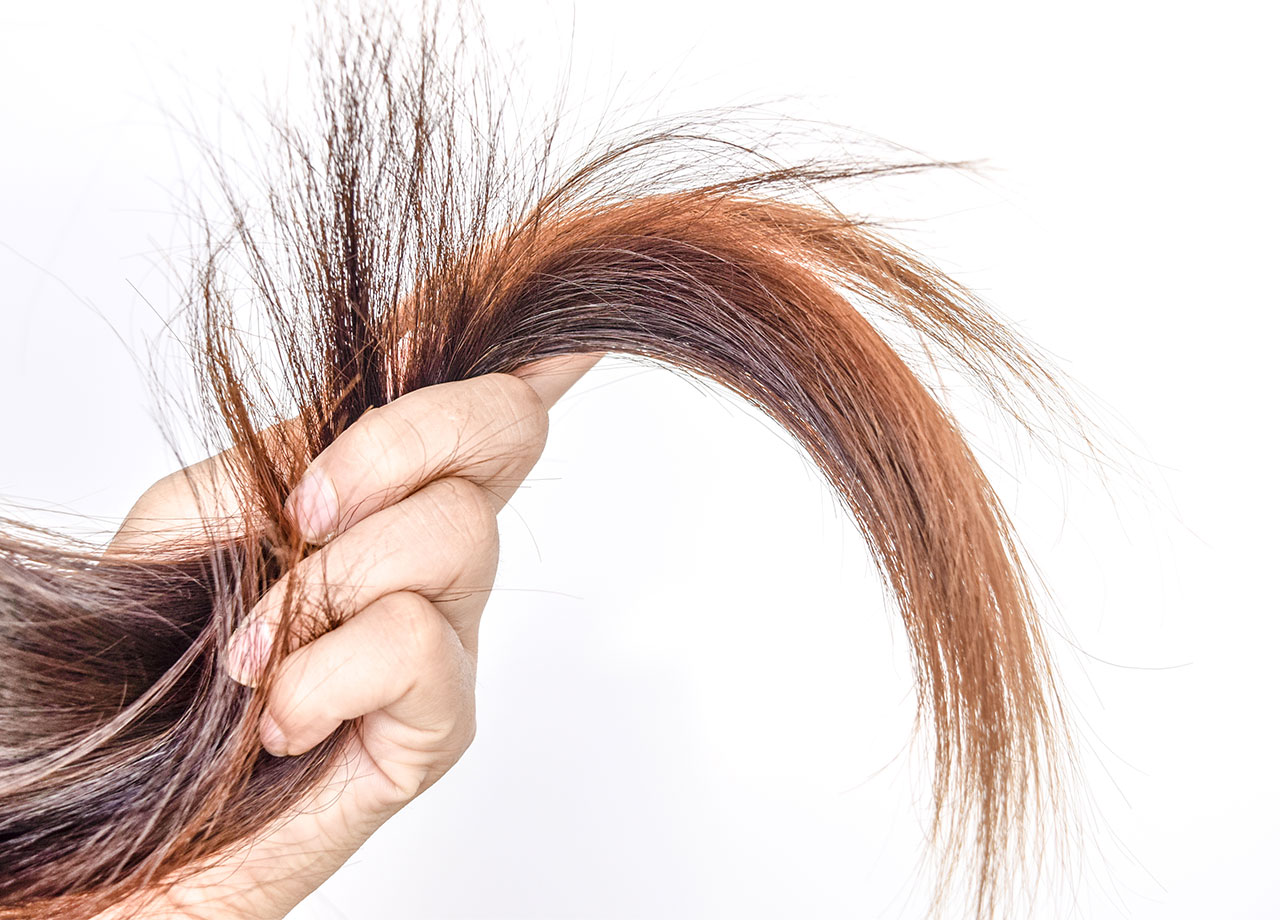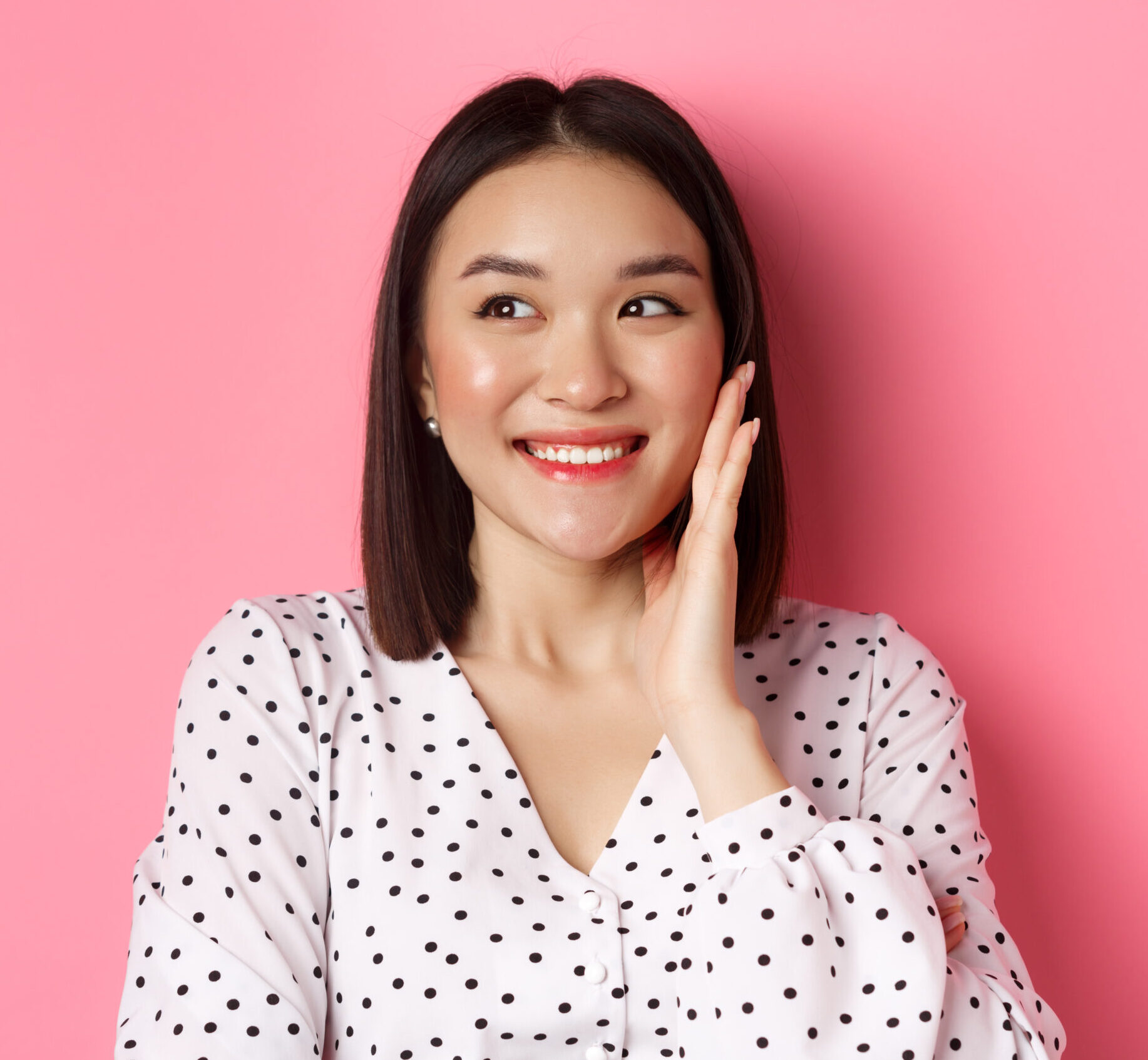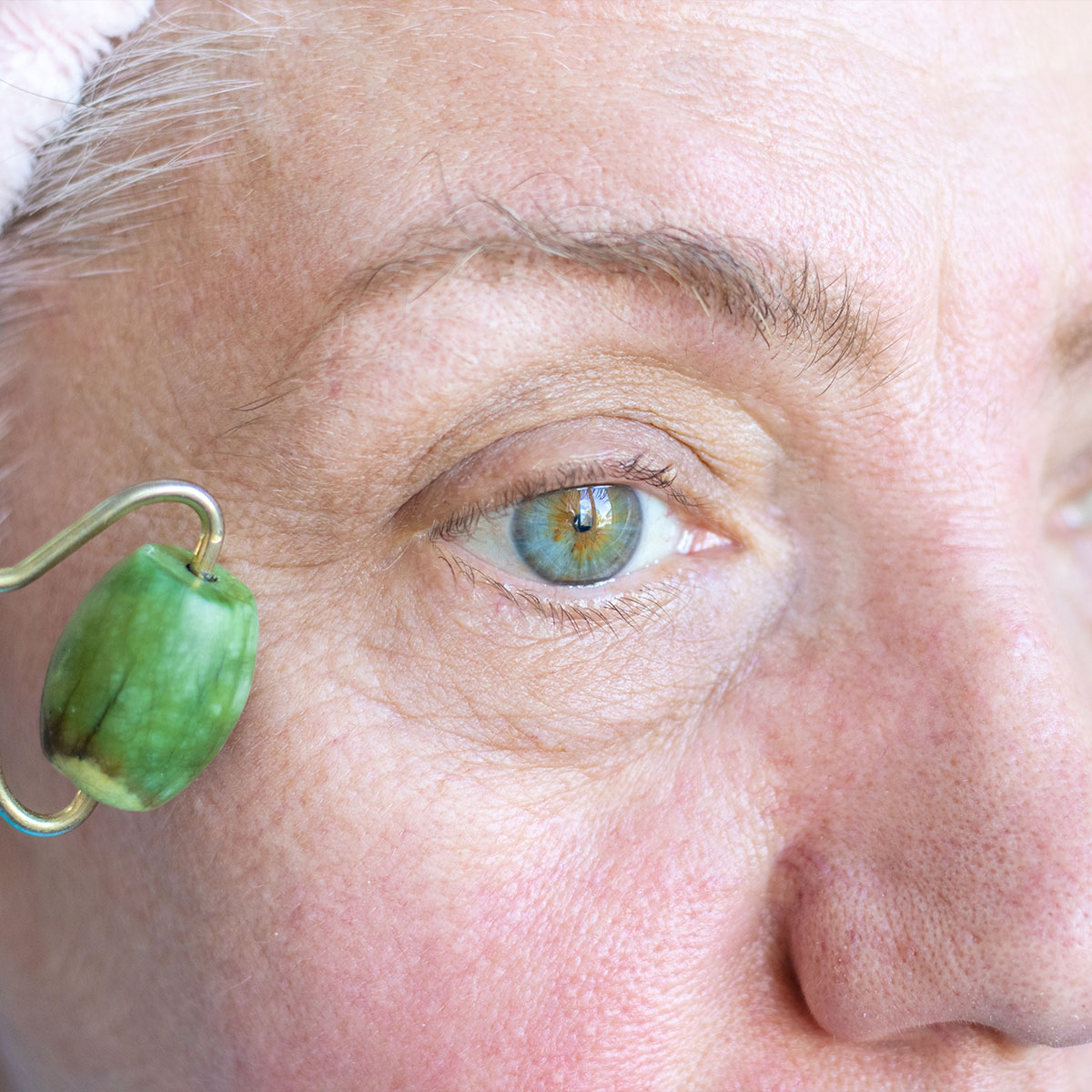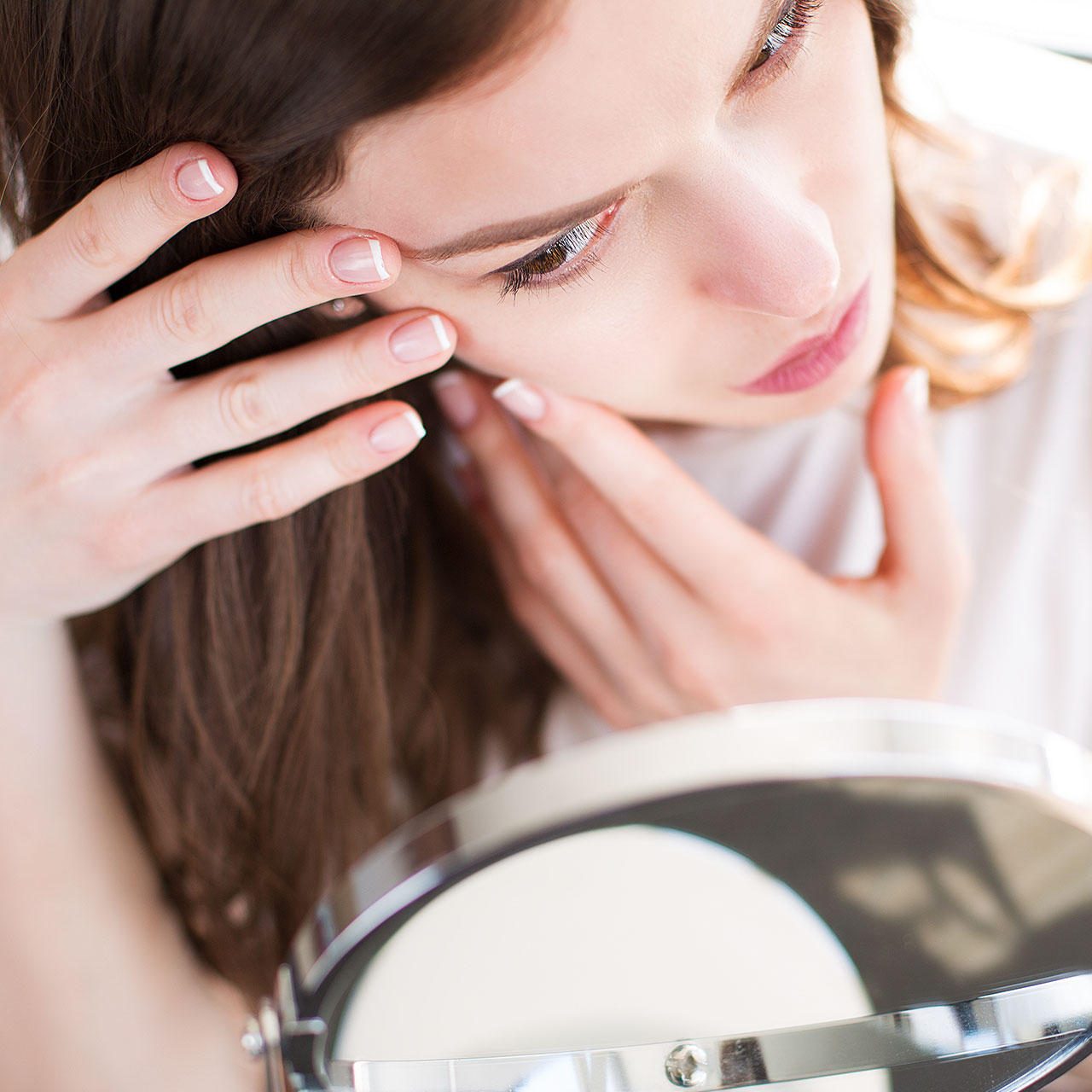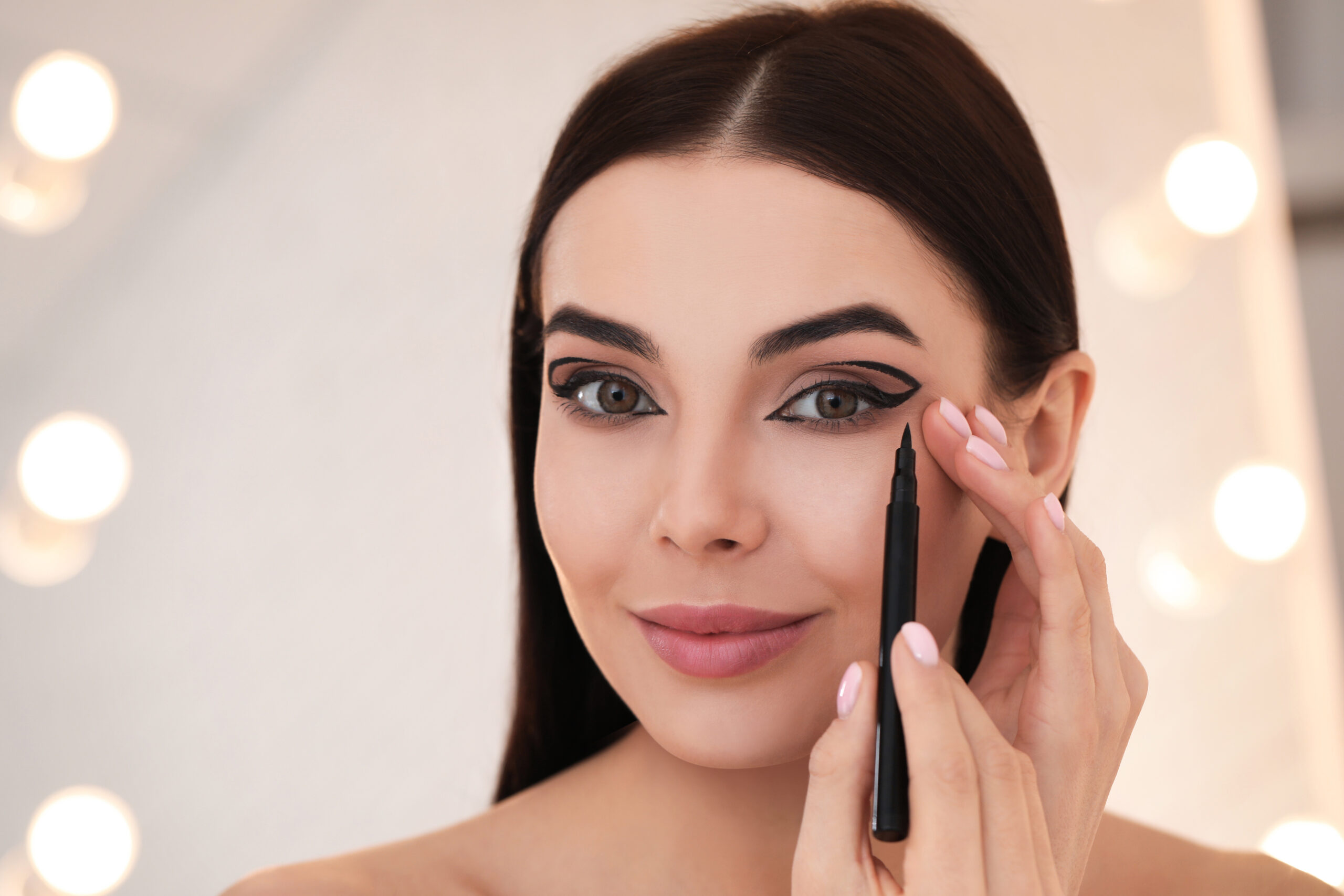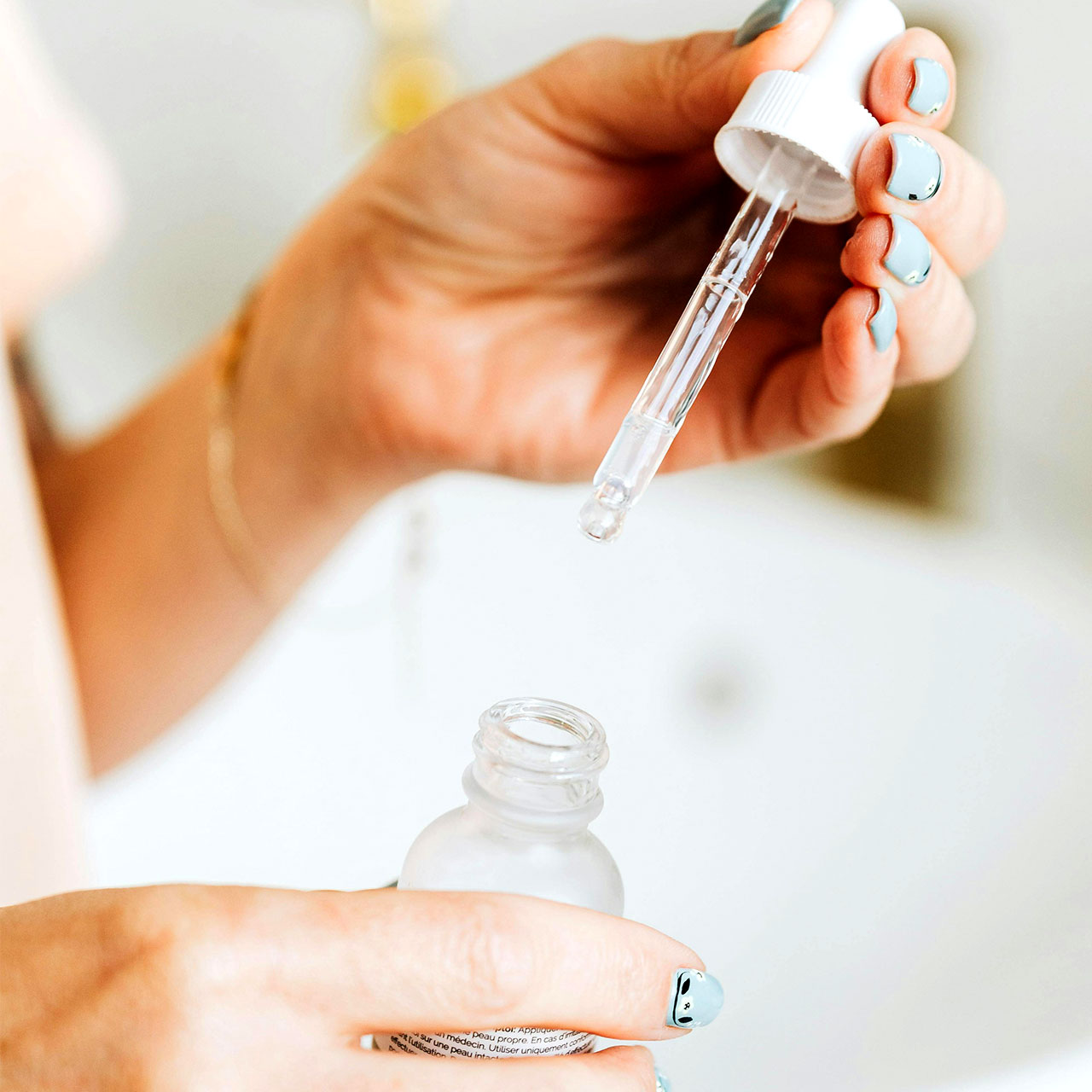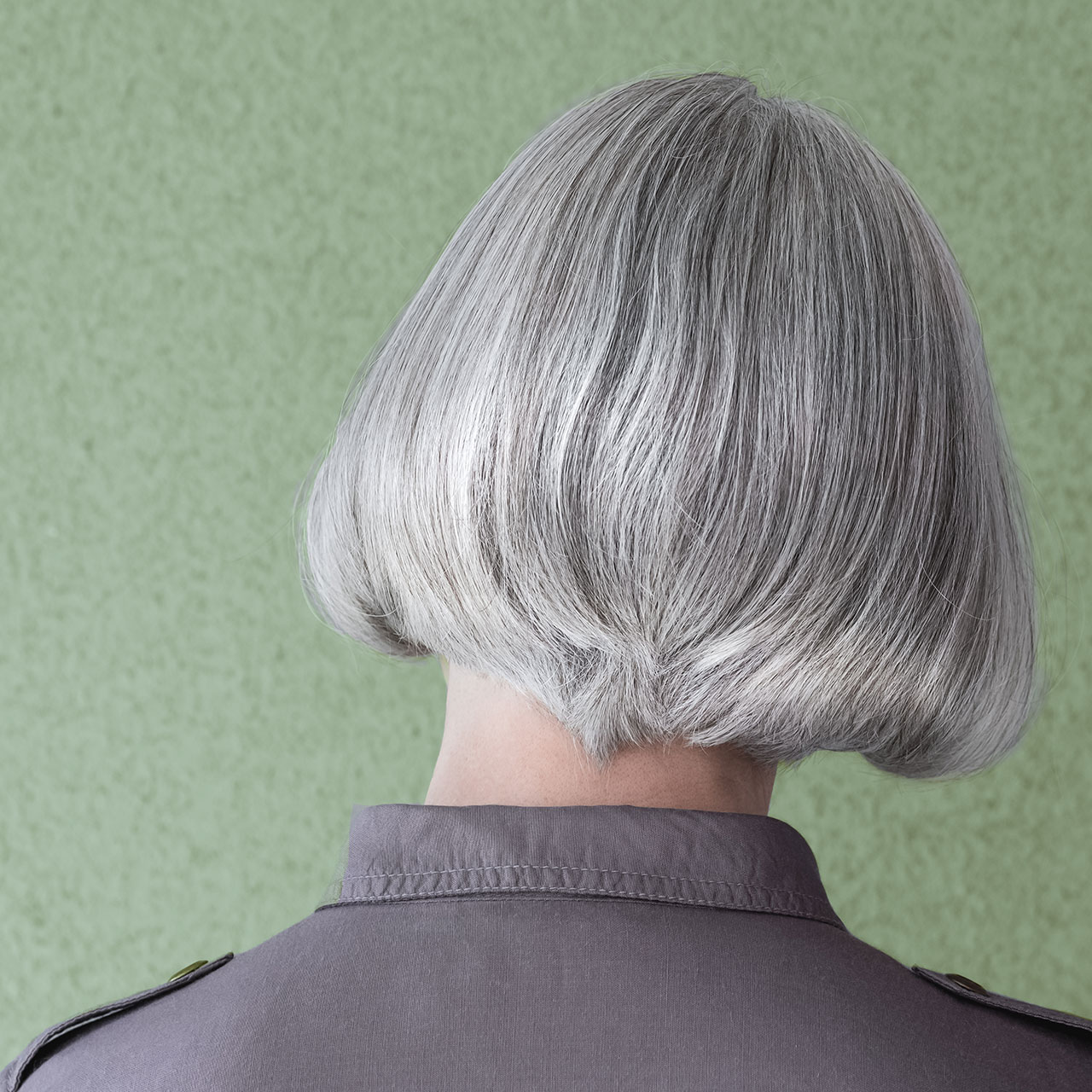Acne is never fun, but at the very least, you can apply a pimple patch to that angry red zit that formed on your cheek overnight and watch in amazement as it slowly diminishes in size and redness. But blackheads? Those can be far peskier and more of a challenge to deal with in your everyday skincare routine. Blackheads are small bumps that can form in the skin (particularly in the oilier T-zone like your nose and forehead) that contain excess oil and dead skin. They love to stubbornly hang around and not respond to traditional acne medications like benzoyl peroxide. And even if you do manage to collect a few on a sticky pore strip (more about those later), they seem to creep right back into your pores in a matter of days.
So, what’s a skincare lover to do? First, experts start with some of the things you absolutely should NOT do, including this mistake that you should avoid at all costs when it comes to blackheads.
Layering Too Many Products & Slugging
Like most skincare issues, it’s far easier to prevent blackheads than it is to banish them once they’re there. But here’s the challenge: the trendiest skincare advice of the moment, often doled out by celebs on fascinating YouTube daily skincare tutorials, is to apply as many products as you can get your hands on, including various serums, masks, and moisturizers. The kicker? Slugging — or layering a heavier ointment like petroleum over your face when you’re all finished with your skincare regimen — is also a hot trend. And while it certainly has its place sometimes and on certain ultra dry areas of your face to lock in moisture, it can causing blackheads.
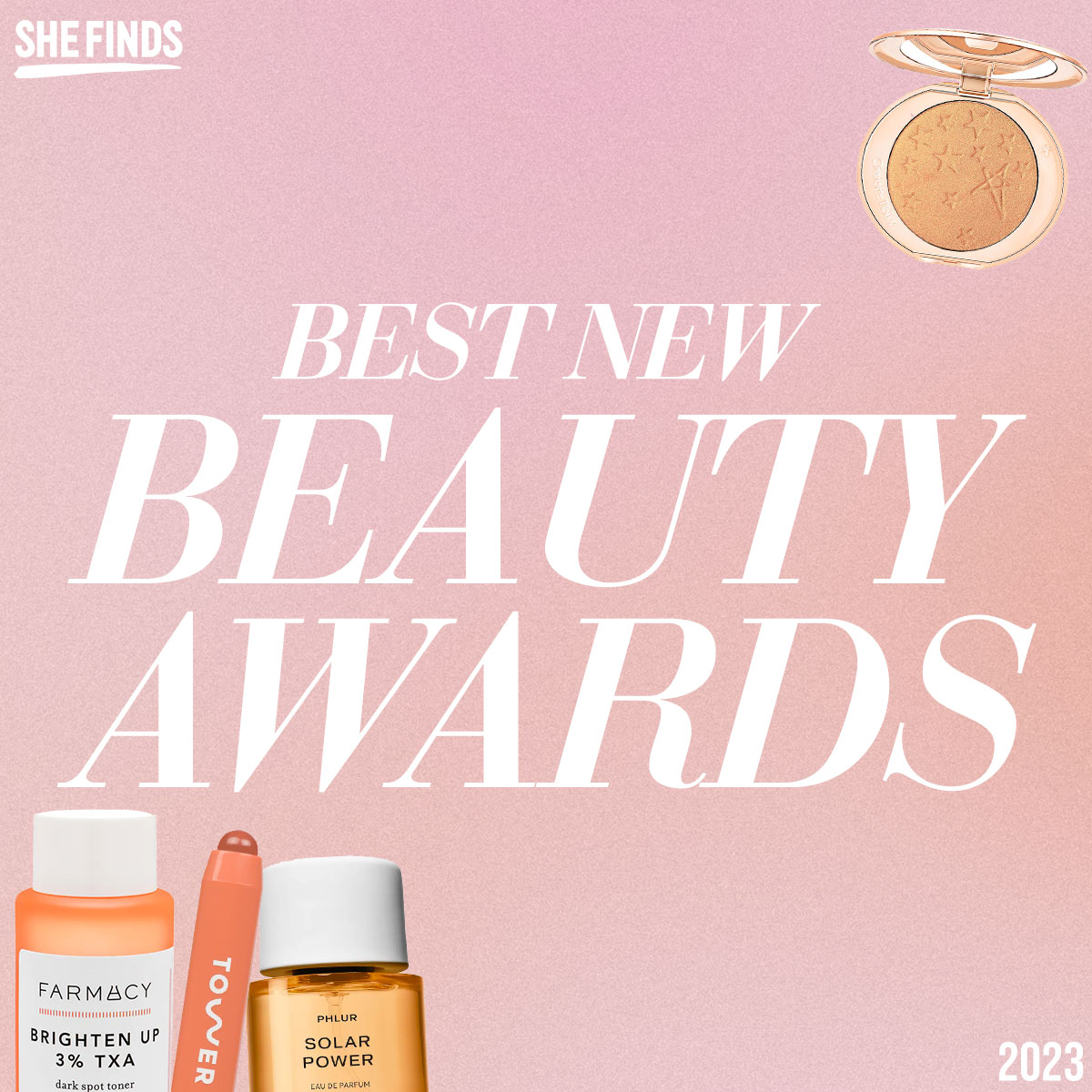
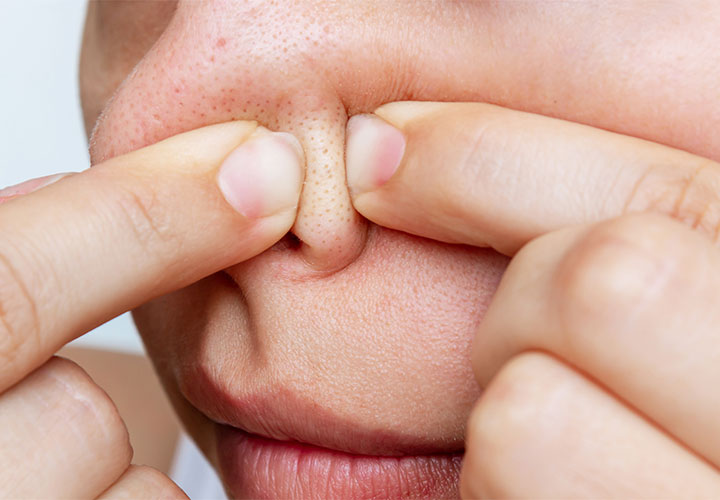
“Sometimes people layer serums and then lotions and then another cream on top,” shared Board-Certified Dermatologist Elaine F. Kung, who is the founder of Future Bright Dermatology. “Through this process, they can be sealing slightly comedogenic ingredients with waxes, silicones, or petrolatum making the layers comedogenic. For example, I had a patient who came into my office with hundreds of clogged pores. We reviewed her skincare, which was a line of products made of jojoba oil. She had lotions, creams, and sunscreens all containing jojoba oil, which has a comedogenic rating of 2. After telling her this, she stopped this line of products and all her clogged pores disappear without a single acne prescription from me.”
On that same note, Dr. Kung warns that although there are face oils that are low on the comedogenic scale (1 or 2), layering these face oils when you are an oily-skinned person may cause blackheads. “Or using face oils and then slugging it with a cream or ointment with petrolatum, lanolin, and beeswax may also clog pores even if the face oils used are considered non-comedogenic,” she said.
Moral of the story: just because a skincare routine is trendy, doesn’t mean it’s right for your skin.
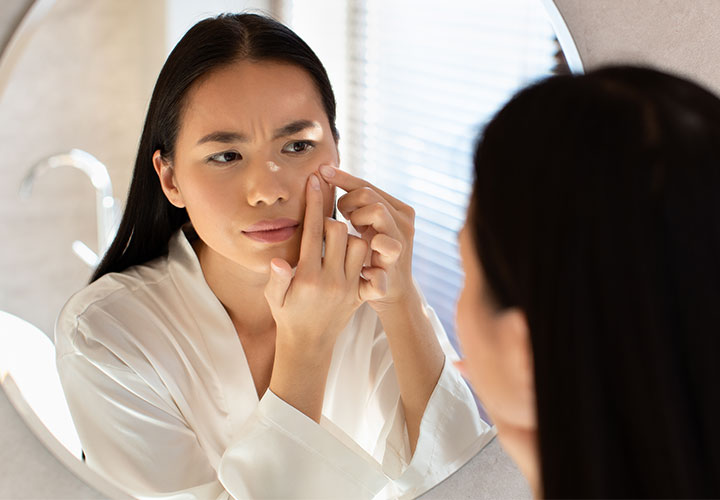
Not Washing Your Face With a Cleanser (Especially In The Morning)
Somewhere along the way, another trendy piece of advice popped up: one about not washing your face in the morning with a cleanser, or just splashing it with water and going about your day. “After layering on some products at night, some people start their day by not washing their faces with a cleanser,” Dr. Kung said. “Even though we aren't outside in our sleep, we still secrete sebum and may be even sweat a little overnight. We should wash off the overnight products that are sitting on our faces before piling on daytime products.”
Using Harsh Physical Exfoliators
It’s not that physical exfoliators like scrubs or beads don’t have their place, it’s that over-exfoliating or using harsh scrubs can rev up oil production and make blackheads worse.
“The best way to get rid of blackheads is by using an exfoliator and cleanser that are formulated for your skin type,” Said Dr. Alberto de la Fuente Garcia, and I'm a board-certified dermatologist at VIDA Wellness and Beauty with over 15 years of experience. “Exfoliating with a gentle scrub once or twice a week helps remove dead skin cells, dirt, sebum, and other impurities from the surface of your skin that can lead to blackhead formation. Additionally, using a gentle cleanser and being sure to remove all traces of makeup before going to bed are important steps in preventing blackhead formation.”
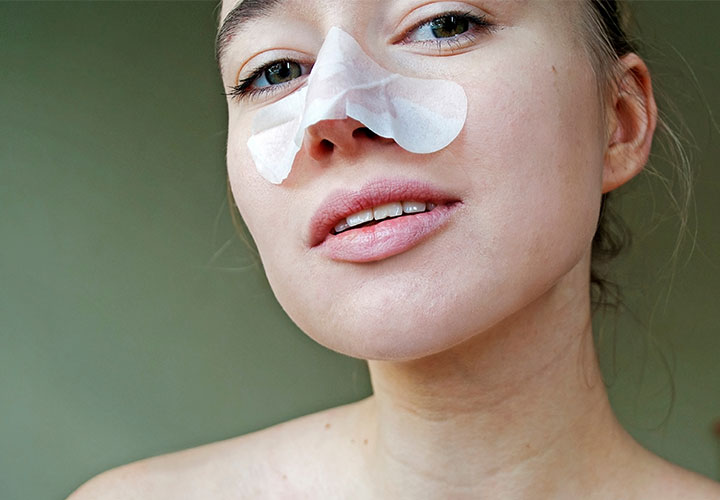
Seek Professional Extractions
Thought it may be tempting to take matters into your own hands and squeeze those blackheads yourself, it’s good to know when to turn to experts who can skilled at carefully removing blackheads without increasing risks like scarring. “If you already have blackheads, one of the best options is to go for a professional extraction,” said Dr. de la Fuente Garcia. “This involves using special tools to safely remove the blackheads from your skin and can help reduce their appearance. Dermatologists will also follow this up with a deep-cleaning facial to remove any other impurities from your skin. In some cases, they may also apply antibacterial creams or solutions, or suggest an at-home treatment plan to help keep blackheads away.”
And what about pore strips? Are they safe to use? The answer is: sometimes, yes — but overuse isn’t a great idea when it comes to this method.
“Pore strips work by sticking to the skin and pulling out the dirt and bacteria that are clogging your pores; meanwhile, clay masks absorb excess sebum and help draw impurities out of your pores,” said Dr. de la Fuente Garcia. “However, it’s important to note that these treatments may not be as effective as a professional extraction and can sometimes cause irritation or dryness. It’s best to use them in moderation, or speak to a dermatologist before trying any of these methods.”


